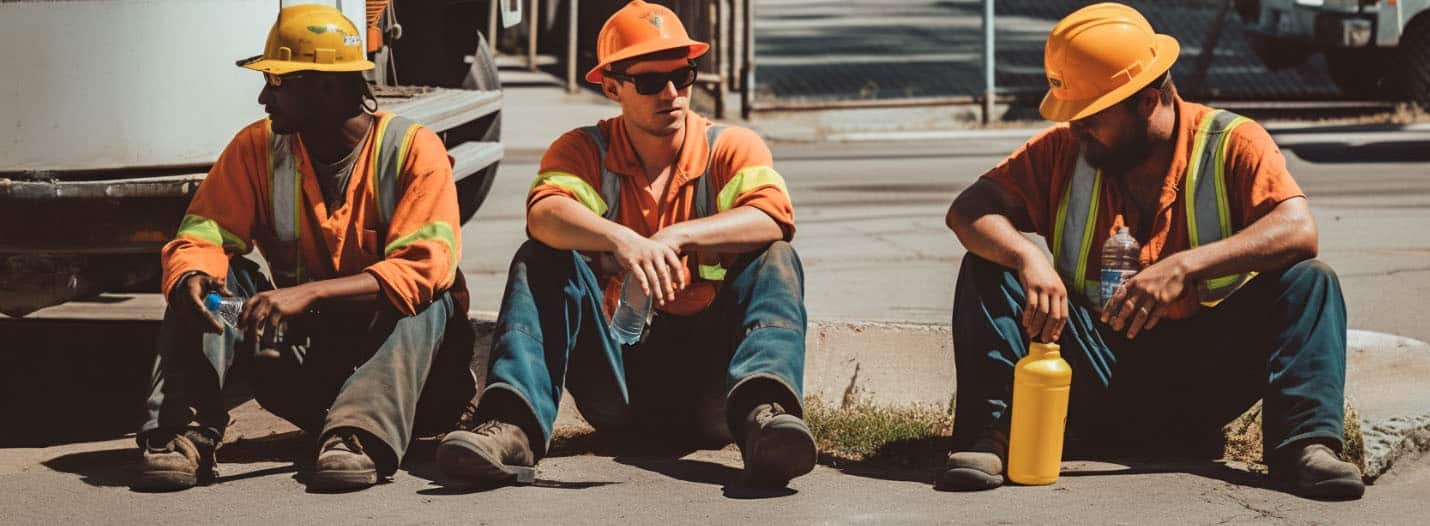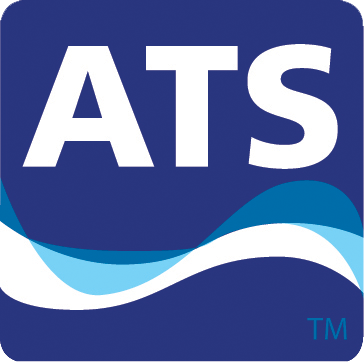July 2023 marked the hottest month ever recorded, and the heat wave’s effects are being felt across the United States. With temperatures soaring, the Occupational Safety and Health Administration (OSHA) has proposed new regulations aimed at protecting workers from extreme heat. These regulations are crucial, as extreme heat poses severe health risks, including heat exhaustion, heat stroke, and exacerbation of preexisting conditions such as asthma and heart disease. Additionally, workers face economic losses due to decreased productivity and increased healthcare costs.
The Need for Federal Heat Standards
Currently, no federal standard specifically protects workers from extreme heat. This gap leaves many workers vulnerable, particularly those in low-wage positions, people of color, and immigrants. Only a few states, including California, Colorado, Minnesota, Oregon, and Washington, have established heat protection measures. Alarmingly, some states like Texas and Florida have moved to block such protections.
The Biden administration is addressing this urgent issue by proposing a federal heat standard. This proposed rule aims to provide necessary protections for millions of workers, ensuring their safety and well-being during extreme heat events.
Proposed Changes to Protect Workers
The proposed federal heat standard includes several critical measures:
- Heat-Illness Prevention Plans: Employers must develop comprehensive plans to prevent heat-related illnesses, including strategies for monitoring and mitigating heat exposure.
- Training and Education: Workers and supervisors will receive training to identify, prevent, counter, and report heat hazards.
- Worksite Monitoring: Employers will monitor work conditions for extreme heat exposure.
- Preventive Measures: When temperatures reach or exceed specified heat triggers, employers must provide access to water, shade, and paid breaks.
- Acclimatization Plans: New workers will be gradually adjusted to heat conditions to prevent heat-related illnesses.
The proposed rule also includes requirements for additional breaks and increased monitoring when the heat index exceeds 90 degrees Fahrenheit. These measures are designed to ensure immediate protection for workers facing extreme heat conditions.
Impact and Implementation
The Biden administration is pushing to finalize these regulations swiftly, potentially before the end of the year. The urgency is evident, given the increasing frequency and intensity of heat waves due to climate change. The proposed regulations aim to protect approximately 36 million workers across various industries, with a particular focus on those in vulnerable positions.
OSHA’s draft rule includes exemptions for certain workplaces and specific conditions where extreme heat exposure is unlikely. However, it broadly applies to both indoor and outdoor work environments where OSHA has jurisdiction.
Challenges and Opposition
Implementing these regulations will not be without challenges. The process involves a public comment period, followed by a review and potential legal challenges. The regulations may face opposition from various sectors, including industries and political groups resistant to increased regulation. However, the administration is committed to ensuring worker safety and advancing the proposed rule.
Staying Compliant with CoolRig Solutions
As companies prepare to comply with the new regulations, having effective solutions in place is essential. At ATS ShieldSafe, our CoolRig provides an excellent option for employers looking to protect their workers from extreme heat and stay compliant with OSHA’s proposed standards. The CoolRig is a mobile cooling trailer designed to provide immediate relief from high temperatures, ensuring that workers have access to cool, shaded areas and hydration.
The CoolRig offers several features that align with OSHA’s proposed requirements:
- Portable Shade and Cooling: The CoolRig can be easily transported to different work sites, providing a shaded and cool environment for breaks.
- Hydration Stations: Equipped with water dispensers, the CoolRig ensures that workers stay hydrated during extreme heat conditions.
- Flexible and Scalable: The CoolRig can be adapted to various work environments, making it a versatile solution for employers across different industries.
Implementing the CoolRig not only helps employers comply with the new regulations but also demonstrates a commitment to worker safety and well-being. By providing a safe and comfortable environment during extreme heat events, employers can reduce the risk of heat-related illnesses and maintain productivity.
Conclusion
The proposed OSHA heat regulations represent a significant step towards protecting workers from the dangers of extreme heat. As these regulations move closer to becoming a reality, employers must take proactive steps to ensure compliance and safeguard their workforce. The CoolRig from ATS ShieldSafe offers a practical and effective solution to meet these new standards, ensuring that workers remain safe, healthy, and productive even in the most challenging heat conditions.
—
By adopting these measures and utilizing innovative solutions like the CoolRig, we can create safer and healthier work environments for all employees, protecting them from the severe impacts of extreme heat.

